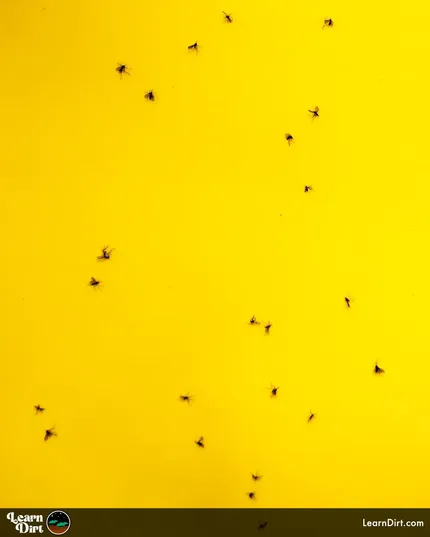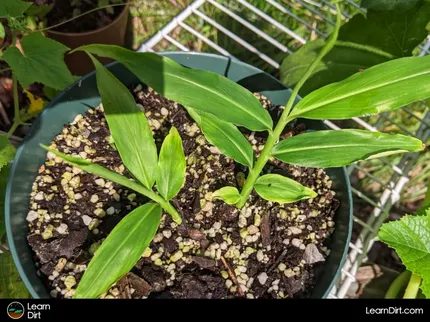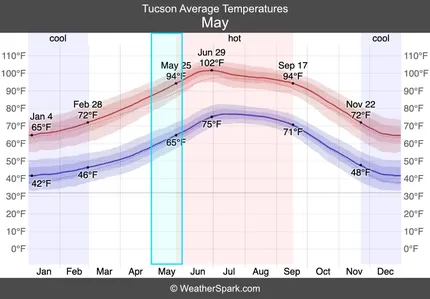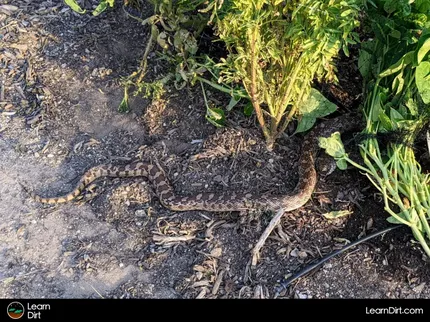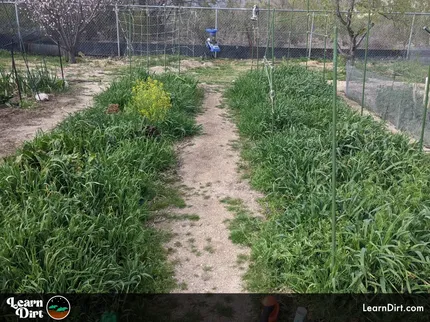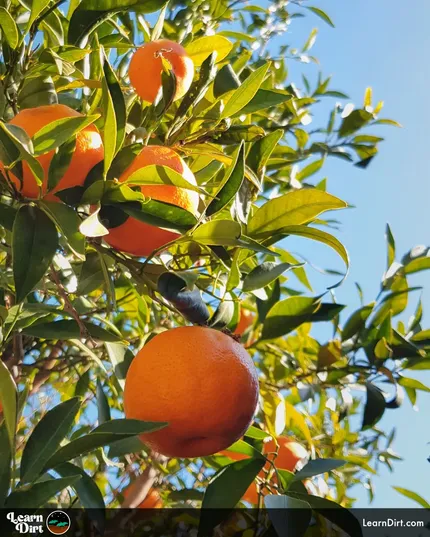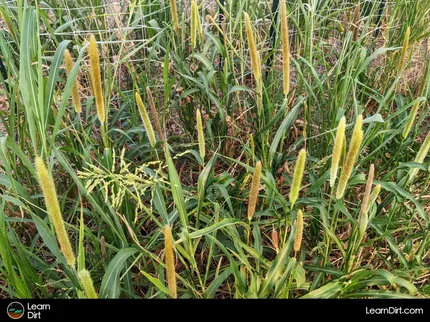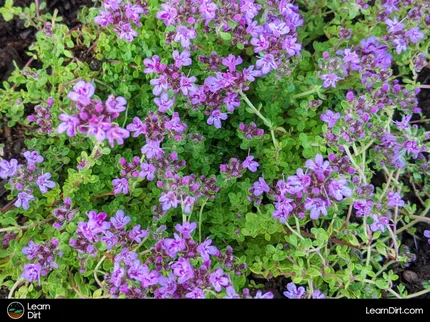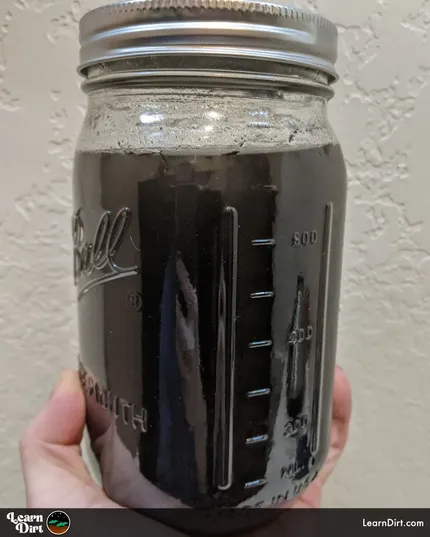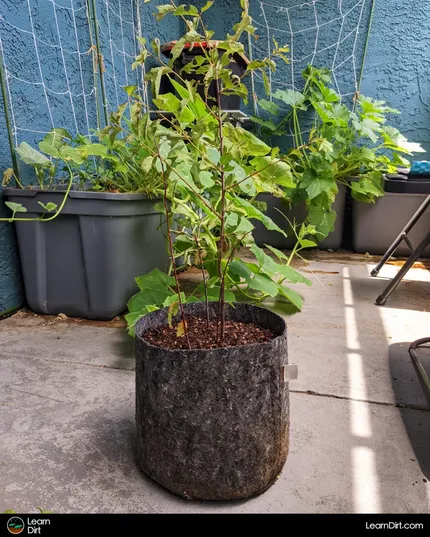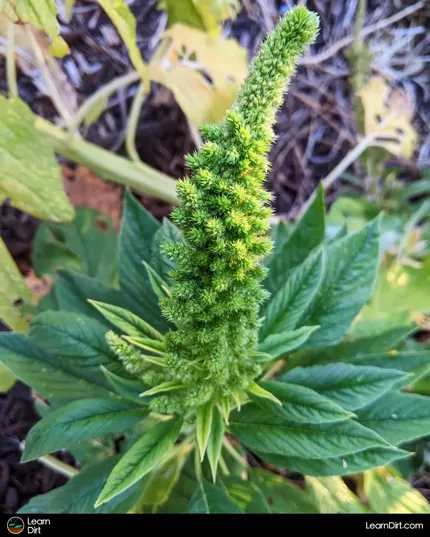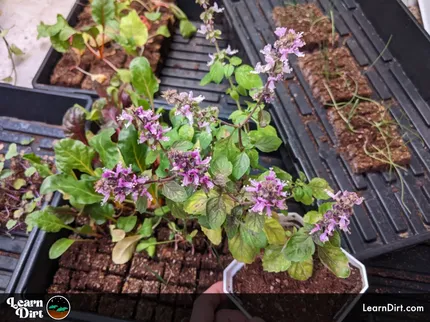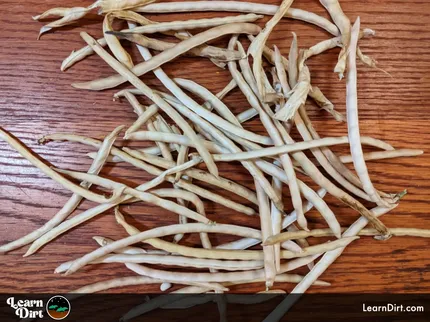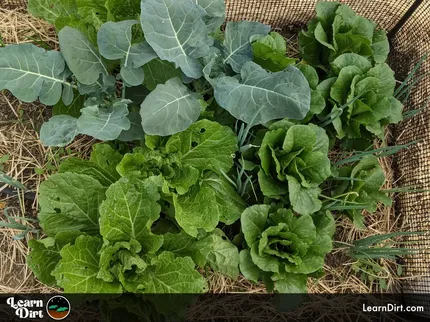Table of Contents
* Our articles never contain AI-generated slop *
Trap crops are grown to take some of the pest pressure off of your main crops, by being even more attractive to pests.
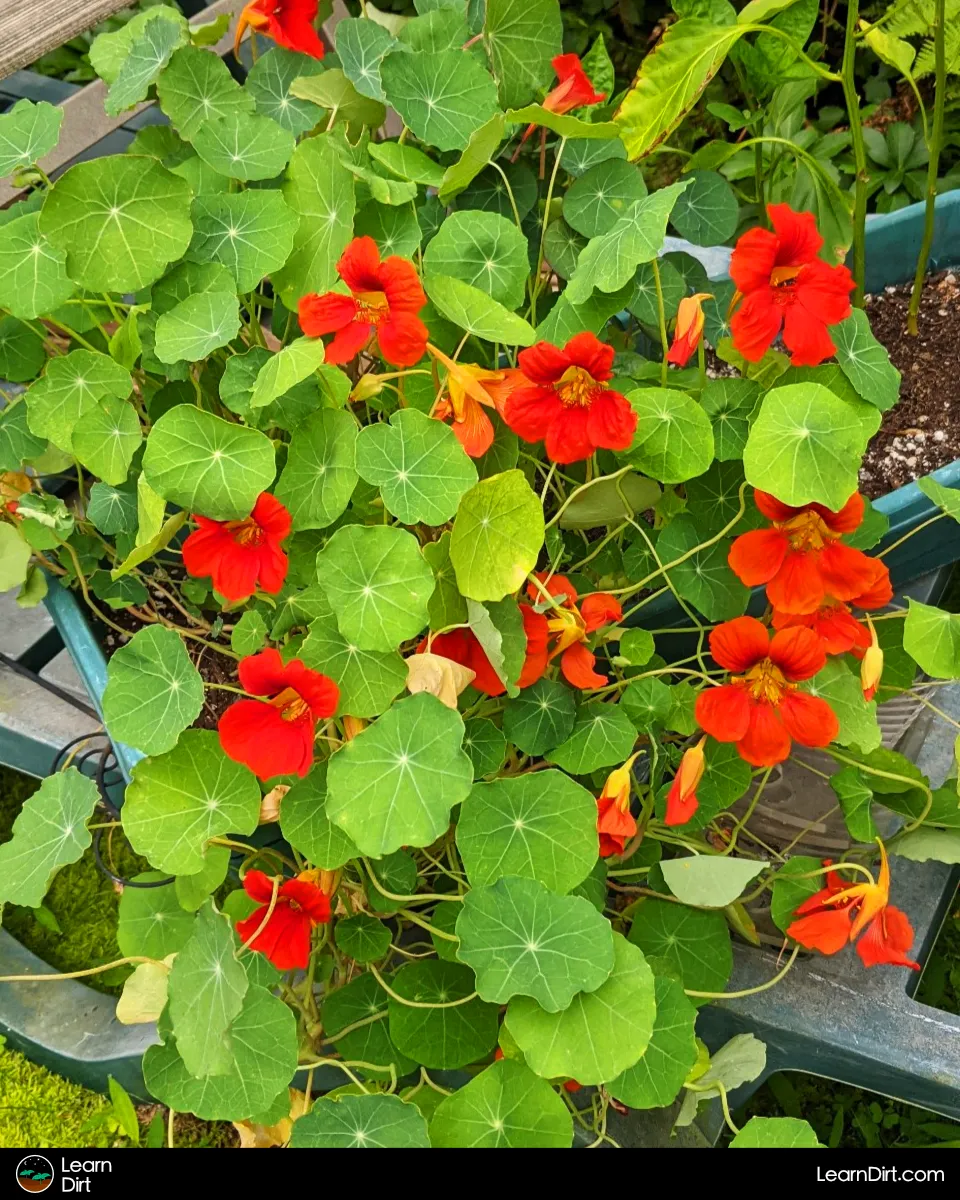
Let's get into the specifics, and then we'll look at some examples of trap crops you can use in your own garden.
What is a Trap Crop?
They are a diversion, a metaphorical bone that a gardener throws to the pests so they ignore your real food.
Disclaimer: This post may contain affiliate links. Refer to the privacy policy for more information.
For example right now I've got strawberries as a main crops with clover as a cover crop interspersed.
The clover fixes nitrogen, which feeds the soil and is occasionally trimmed short and chopped + dropped.
That clover is also acting as a trap crop.
With a thriving thrip population that's showing no signs of stopping, you'd think I've got a bit of a problem on my hands - yet I don't.
I don't because the thrips are targeting only the clover and are completely avoiding my strawberries altogether.
The nitrogen-fixing cover crop is also "trapping" (distracting) thrips making them a total non-issue. Now that's holistic gardening!
Join The Grower's Community
A free & open space for anyone who is passionate about cultivation 🌱
Check It Out!
Embrace trap crops in your garden and some of your pest problems may just fade away into memory.
Best Trap Crops
What Is Border Trap Cropping?
Border trap cropping seeks to establish a border of trap crops outside of a garden, farm, or food forest.
The goal is to provide enough food outside and away from the garden for pests that they stay along the border and don't feel the need to come ravage your hard-planted veggie patch.

I've seen this done with nasturtium around a perimeter to keep pest insects away from production crops.
This can also be thought of on a macro level for pest animals. For instance in both the PNW and the Northeasters US I've seen folks grow borders of berry bushes far outside their gardens to provide an alternate food for hungry bears, deer, and squirrels.
This will never be 100% effective and it's worth carefully considering what types of pests your border is meant to feed and how far outside your garden it should be - but it should have some positive effect.
If you've got experience with border trap cropping, I'd love to hear from you over on the forum about what worked for you and what didn't!
That's all for now, thanks for reading!
If you have any questions, comments, or would like to connect with fellow gardeners, head on over to the forum and post there.

